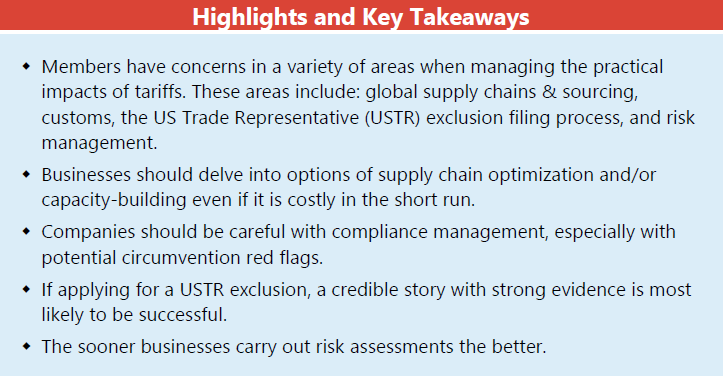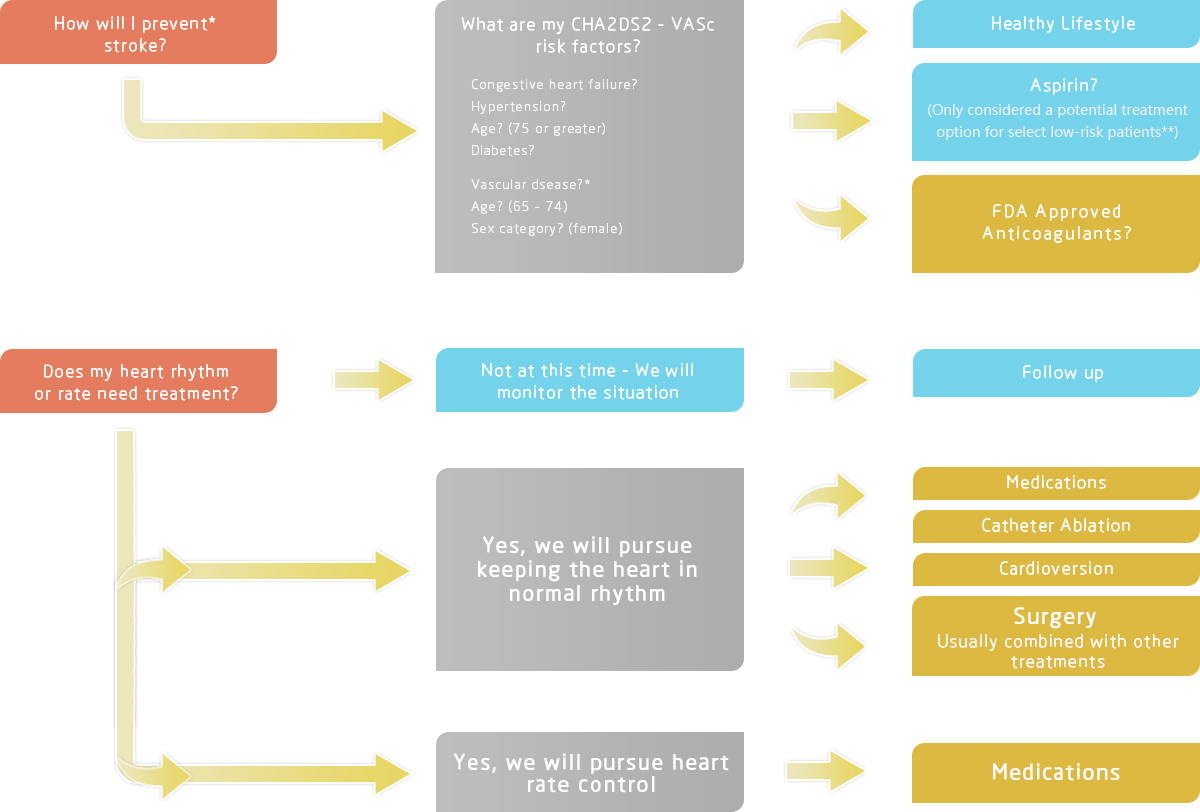Understanding the Debt to Income Ratio for FHA Loan Approval: Key Insights and Tips
#### Debt to Income Ratio for FHA LoanThe **debt to income ratio for FHA loan** is a critical factor that lenders consider when evaluating a borrower's abil……
#### Debt to Income Ratio for FHA Loan
The **debt to income ratio for FHA loan** is a critical factor that lenders consider when evaluating a borrower's ability to repay a mortgage. This ratio compares an individual's monthly debt payments to their gross monthly income, providing a clear picture of their financial health. For those looking to secure an FHA loan, understanding this ratio is essential, as it can significantly influence the approval process.
#### What is Debt to Income Ratio?
The debt to income (DTI) ratio is calculated by dividing total monthly debt payments by gross monthly income and expressing it as a percentage. For example, if a borrower has $2,000 in monthly debt payments and earns $5,000 a month, their DTI ratio would be 40% ($2,000 ÷ $5,000 = 0.40 or 40%). This percentage is crucial for lenders, as it helps them assess the borrower's risk level.
#### Importance of Debt to Income Ratio for FHA Loan
The **debt to income ratio for FHA loan** applicants is particularly important because the Federal Housing Administration has specific guidelines regarding acceptable DTI levels. Generally, FHA guidelines recommend that borrowers maintain a DTI ratio of no more than 43%, although some lenders may allow higher ratios under certain circumstances. A lower DTI indicates a better financial position, making it easier for borrowers to manage monthly payments and reducing the risk for lenders.

#### Calculating Your Debt to Income Ratio
To calculate your DTI ratio for an FHA loan, follow these steps:
1. **Add Up Monthly Debt Payments**: Include all monthly obligations such as mortgage payments, car loans, credit card payments, student loans, and any other recurring debts.
2. **Determine Gross Monthly Income**: This includes your salary before taxes and any additional income sources, such as bonuses or rental income.
3. **Apply the Formula**: Divide your total monthly debt payments by your gross monthly income and multiply by 100 to get the percentage.

#### Strategies to Improve Your Debt to Income Ratio
If your DTI ratio is higher than the recommended levels for an FHA loan, consider these strategies to improve it:
- **Pay Down Existing Debt**: Focus on paying off high-interest debts first, which can reduce your monthly payments and lower your DTI.
- **Increase Your Income**: Look for opportunities to boost your income, whether through a side job, overtime, or negotiating a raise.
- **Avoid New Debt**: Hold off on taking on new loans or credit lines until your DTI is at a more favorable level.

- **Consider a Co-Borrower**: Adding a co-borrower with a strong financial profile can help lower the overall DTI ratio.
#### Conclusion
In summary, the **debt to income ratio for FHA loan** is a vital component of the mortgage approval process. By understanding how to calculate and improve your DTI, you can enhance your chances of obtaining an FHA loan. Lenders use this ratio to gauge your financial capability, so maintaining a healthy DTI not only benefits your loan application but also contributes to your overall financial well-being. As you prepare for the home-buying process, prioritize managing your debt and income to achieve a favorable DTI ratio, paving the way for a successful FHA loan application.